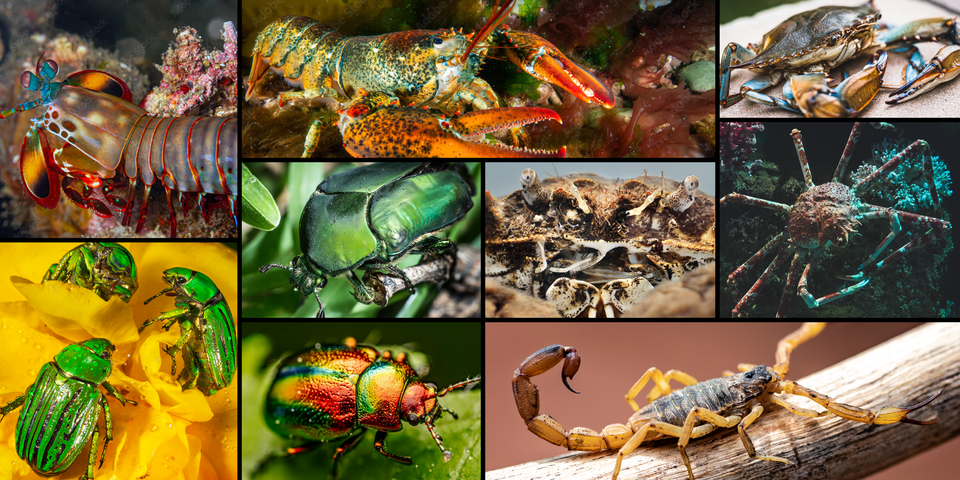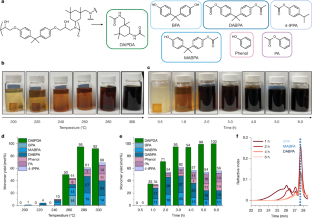2025-06-24 米国国立標準技術研究所(NIST)

<関連情報>
- https://www.nist.gov/news-events/news/2025/06/bioinspired-materials-can-take-punch
- https://www.pnas.org/doi/10.1073/pnas.2425191122
ブーリガンド・ナノ構造による衝撃緩和の制御 Controlling impact mitigation via Bouligand nanostructures
Sujin R. Lee, Katherine M. Evans, Jeremiah W. Woodcock, +3 , and Edwin P. Chan
Proceedings of the National Academy of Sciences Published:May 16, 2025
DOI:https://doi.org/10.1073/pnas.2425191122
Significance
Some of the toughest impact-resistant structures are found in the cuticles of various creatures, such as the dactyl club of the mantis shrimp or the scales of the arapaima fish. A common feature in these cuticles is the Bouligand structure, a hierarchical design known for its excellent mechanical properties and relatively low density. Here, we demonstrate a method to synthetically fabricate these Bouligand structures using cellulose nanocrystals and evaluate their performance via microballistic impacts. We find that the helical pitch and film thickness are critical in controlling their impact mitigation behavior, which can be controlled via swelling. This discovery offers a promising strategy for the future design of impact-resistant materials that can tune the ability to mitigate a catastrophic event.
Abstract
Critical to their survival, natural organisms have developed exoskeletons that can withstand and inflict damage over their lifetime. The Bouligand structure of the exoskeleton plays a key role in toughness and damage resistance under external impacts. Numerous studies have investigated the morphology of Bouligands and their mechanical properties, yet understanding their structure–function relationship remains challenging due to the complex mechanical responses of biological materials and the limitation of current characterization techniques. Motivated to elucidate the design principles of the natural Bouligand structure for impact mitigation, we conduct impact experiments on synthetic Bouligand films composed of cellulose nanocrystals. By controlling the sonication conditions and evaporation rate of the cellulose nanocrystal suspensions, Bouligand films with controlled variations in pitch and thicknesses are generated. The impact performance and mechanical response of these materials are quantified using a microprojectile-based coefficient of restitution experiments and postimpact damage characterization. Our studies reveal two different energy dissipation mechanisms: plastic deformation and acoustic wave attenuation. The transition in mechanism is governed by the film thickness, the helical pitch dimension, and the moisture content of the film.



